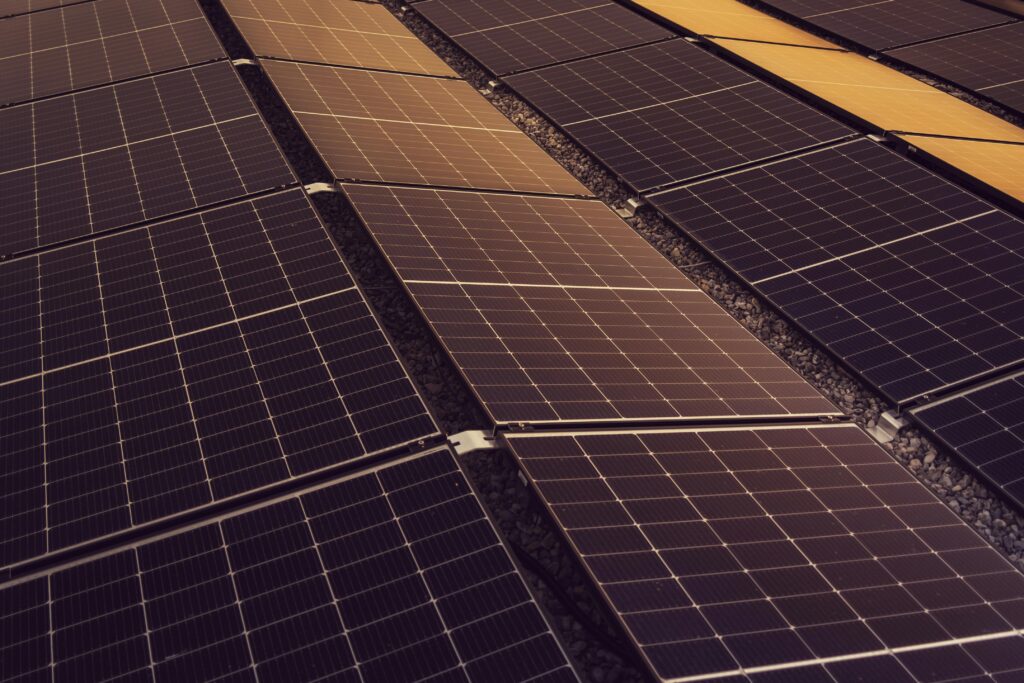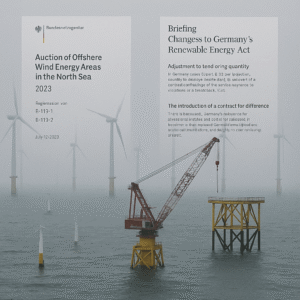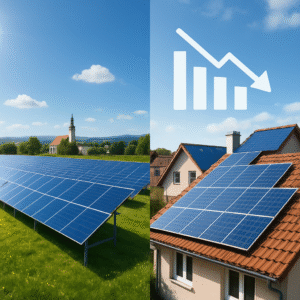As the world accelerates its transition toward renewable power, breakthroughs in solar energy innovation are crucial to tackling the climate crisis. This month, researchers at the University of Sydney and the Australian Centre for Advanced Photovoltaics (ACAP) announced a solar cell efficiency milestone that could reshape the clean energy landscape—not just in Australia, but globally.
The new tandem solar cell design achieved a world-record 34.5% efficiency under standard conditions. This figure surpasses previous limits and brings commercial viability one step closer. But this isn’t just a technical win—it’s a pivotal step toward a more sustainable, affordable, and energy-independent future.
Why This Breakthrough Matters
Most commercial solar panels on the market today operate at 15–22% efficiency. Boosting this to over 30% means significantly more power generated from the same amount of sunlight, which could reduce costs and space requirements for installations.
Key implications include:
- Cheaper clean energy for homes and businesses
- Improved viability of solar in cloudy or low-light regions
- Faster return on investment for solar projects
- Lower emissions for a faster climate transition
The Technology Behind the Record
This innovation uses a tandem solar cell, which stacks two types of solar materials on top of each other: traditional silicon and perovskite. Each layer absorbs different parts of the light spectrum, maximizing energy conversion.
The challenge until now has been durability and stability, especially in perovskite layers. But this new design—documented in the peer-reviewed journal Nature Energy—includes advanced coatings that prevent degradation, even in harsh conditions.
Australia’s Role in Global Clean Energy Leadership
While often thought of as a coal-heavy nation, Australia has quietly become a renewable energy pioneer. With abundant sunlight and a growing innovation ecosystem, it’s now positioning itself as a global clean tech exporter.
Over 30% of Australian households already have rooftop solar—the highest rate in the world. This new efficiency record could further accelerate adoption and lower power costs for millions.
What It Means for the Rest of the World
If these high-efficiency cells reach mass production, their impact could ripple across:
- Asia-Pacific: Fast-growing economies with rising energy demand
- Europe: Nations aiming for energy independence amid geopolitical tensions
- US & Canada: Key markets for green energy and infrastructure investment
- Developing regions: Affordable solar could reduce reliance on fossil fuels
And beyond economics, it contributes to climate goals set under the Paris Agreement, bringing us closer to net-zero targets.
Challenges Still Ahead
While this innovation is promising, commercial rollout won’t happen overnight. Key hurdles include:
- Scaling up production without quality loss
- Regulatory approval for new solar materials
- Balancing efficiency gains with long-term durability
Still, with strong government backing and global interest, these challenges are far from insurmountable.
Conclusion
This solar breakthrough from Australia marks a major leap in energy innovation. By setting a new global benchmark for efficiency, it offers hope for more affordable and accessible renewable power. As nations race to meet clean energy goals, innovations like this could very well determine our climate future.
For policymakers, entrepreneurs, and consumers alike, it\’s time to pay attention to the quiet solar revolution happening Down Under.
Sources: University of Sydney; Nature Energy Journal




